Lifestyle hub Kada blends heritage with hipster cafes
Housed in a retro 101-year-old building, the new dining and wellness cluster is swarming with people even before it opens

FOUR months after New Bahru’s official launch, a new lifestyle hub housed in another heritage building is set to open behind the famous Maxwell Food Centre. Although it is a smaller development compared with New Bahru, Kada already has traction on social media, as people flocked to its food and beverage (F&B) offerings over the weekend to try the new food, beverage and dessert options.
They were also eager to ride what’s touted to be Singapore’s oldest electric elevator – a relic of early 20th century design, with original wooden panels and traditional “clink-clank” scissor gates that have to be pulled open and pushed shut to enter and exit the carriage.
Already, technicians have had to be summoned frequently to repair it, because many first-time users either don’t close the gates properly or struggle with the manual mechanism, leaving it stuck between floors, says Tong Shuh Lan, owner-director of the project developer Kada Ventures.
Still, the quirky elevator looks set to become a viral attraction.
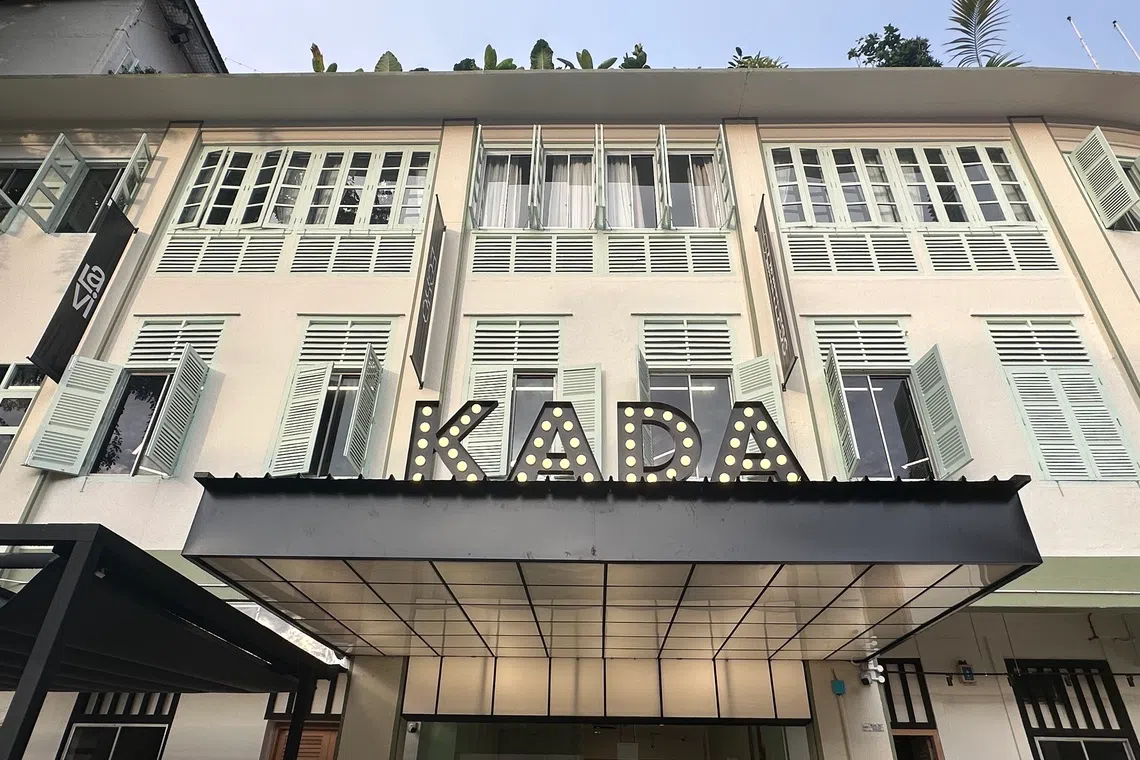
Tong says: “We’re not like New Bahru, which is bigger and has a more diverse set of tenants. For us, we want to centre around this idea of healthy and creative living. This building once housed St Andrew’s Mission Hospital. So we’re leaning into its past to create a space where people can eat, live, exercise and thrive – a kind of holistic lifestyle ecosystem.”
Officially opening in January 2025, the three-storey Kada boasts 17 offerings including trendy cafes, four restaurants, a full gym and pilates studio, an ice bath and infrared sauna service, art jamming space and 18 co-living rooms operated by Habyt.
Located at 5 Kadayanallur Street, the 101-year-old building is, like New Bahru, part of Singapore Land Authority’s mission to adapt heritage buildings for commercial use.
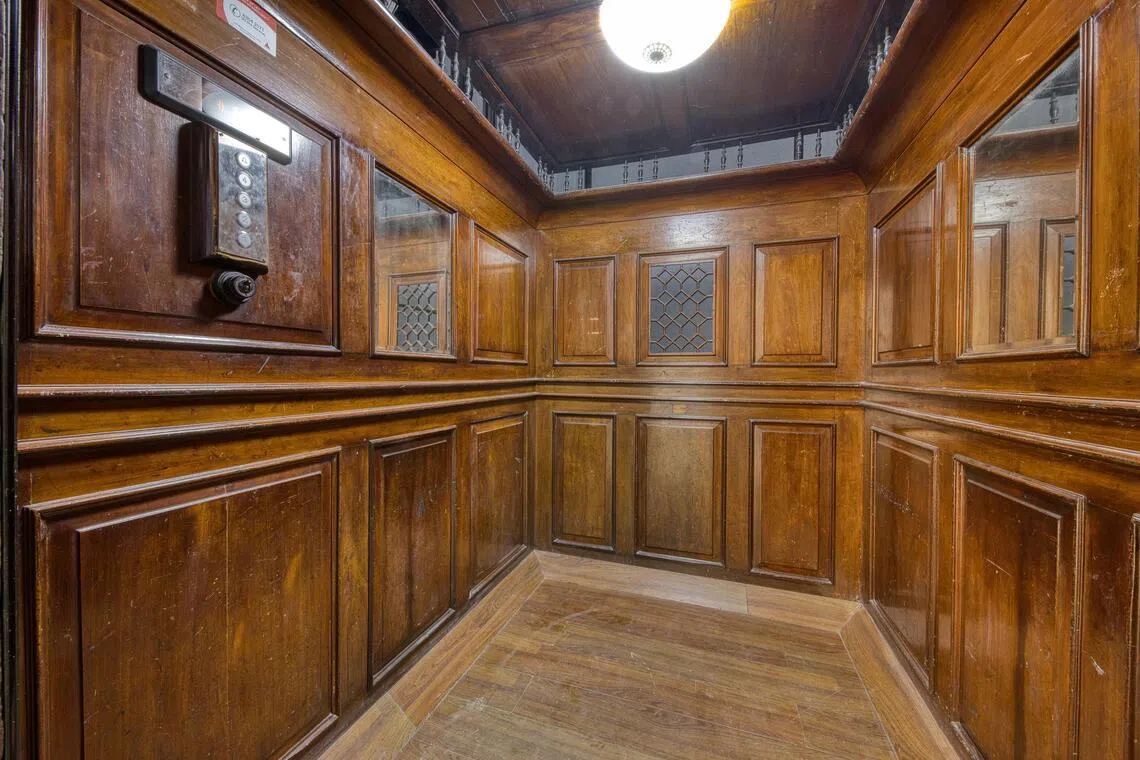
Chic cafes
Of the 10 F&B offerings, most are new cafe concepts started by young Singaporean entrepreneurs. They include Origin Tea, which offers all-natural tea drinks made from hand-picked tea leaves and no artificial flavouring. Its bestseller is the Triple Citrus Jasmine Tea, made from spring-harvested green tea and jasmine flowers that are blended with Chinese perfume lemons, South African yellow lemons and Sunkist oranges from the US or Australia.
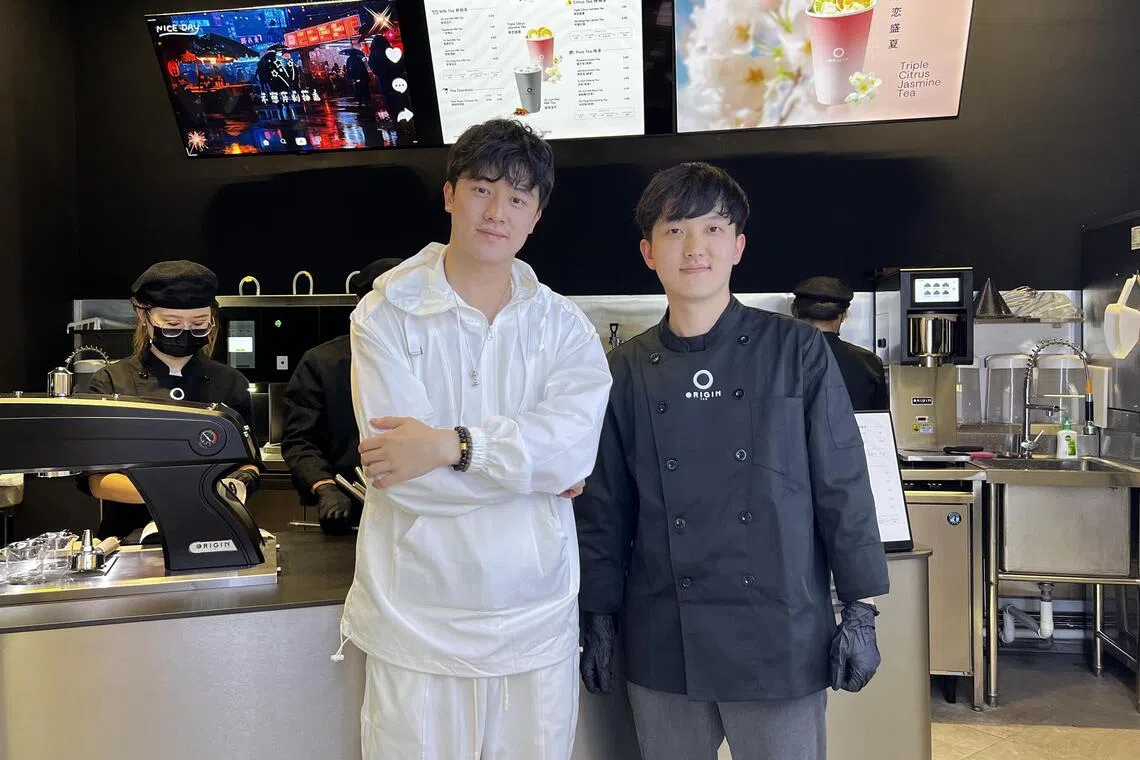
Founder Li Wenxi and co-founder Ethan Keng say: “Coffee culture is popular in Singapore, but we wanted to be different. We wanted to help cultivate a tea culture – one that goes beyond the bubble tea craze and focuses instead on natural, fresh and healthier ingredients.”
So far, Origin Tea has been popular among young people, thanks to its savvy marketing strategies that include lucky draws, movie screenings and collaborations with influencers.
Another young cafe entrepreneur is Jonathan Teo of Kyuukei Coffee. His cafe is set to offer “coffee omakase” experiences featuring unique brews and flavour pairings with certain desserts. Teo imagines Kyuukei (which is a Japanese word for rest or respite) as a sanctuary for coffee lovers seeking calm in their busy lives. And with the cafe tucked away at the back of the building, next to the famous elevator, it does feel like a sanctuary.
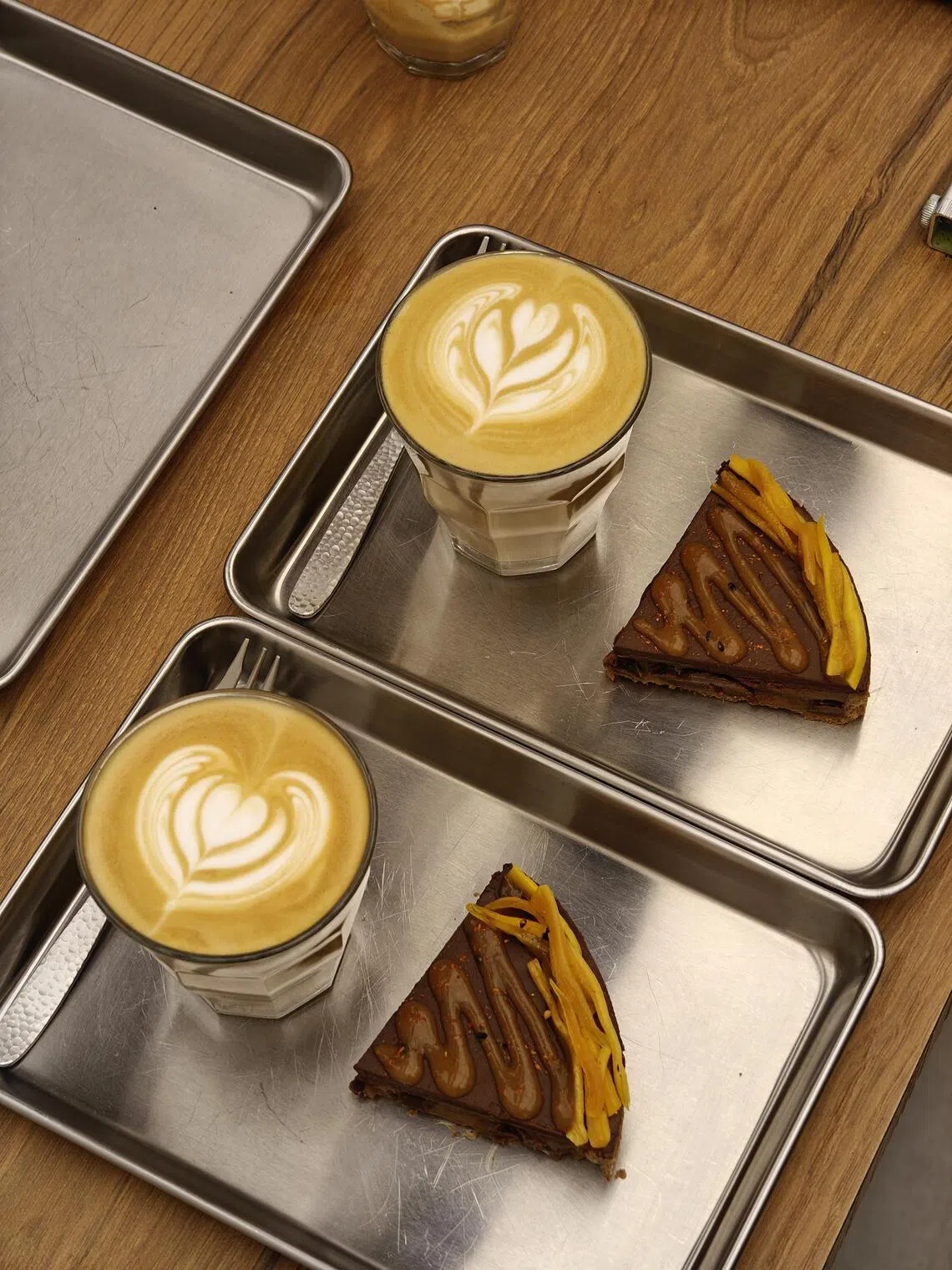
Teo says: “Most F&B offerings in the Central Business District tend to be popular only on weekdays; on weekends, they tend to get a little quiet. But Maxwell is crowded on weekdays and weekends because of its proximity to Chinatown… And the building’s charm and its quirky elevator are additional selling points for many people.”
Other cafes already open in Kada include the hole-in-the-wall Pacto by Parchmen which boasts excellent coffee, wine-and-cheese joint Haus drawing raves for its cheesecake, and Gen Z-magnet Echo House with its quirky drinks such as strawberry matcha and brown butter latte.
Restaurant offerings
Meanwhile, the restaurants include D’Penyetz Heritage, which is part of the popular D’Penyetz chain of ayam penyet restaurants. However, this is the only branch that carries the “heritage” stamp, and its menu includes exclusive dishes with sambal madura, a distinctive Indonesian chili paste from Madura Island that is famous for its complex flavour profile and striking black colour.

Mahathir Omar, the branch owner, says: “We felt that the menu should dig deeper into Indonesian culinary tradition, since the restaurant is housed in a beautiful building that is so steeped in history and heritage.”
Another restaurant is distinguishing itself by its dual concept – a dim sum joint called Shou by day, and a Sendai-themed yakitori izakaya called Daikoku by night. Irene Leong, the owner and manager, says: “We originally wanted to start two different restaurants. But we realised that dim sum tends to be more popular for lunch, whereas izakaya is more of a dinner concept. So we combined the two into one.”
The daytime dim sum restaurant is headed by Hong Kong chef Chan Lam Pang, while the izakaya is led by chef Kumagai Yoshihiro from Sendai.

The other restaurants in Kada are Proud Potato Peeler, a reservations-only Mediterranean restaurant helmed by chef Alberto Simillides; and Lavi Taco, whose signature dishes include the birria and Argentinian prawn taco.
Wellness spaces
While the F&B offerings take up much of the ground floor and rooftop space, the second and third floors house wellness and co-living facilities, respectively. They include Limitless Performance gym, Satori Pilates studio, and Habyt, a co-living space offering flexible short to long-term stays.
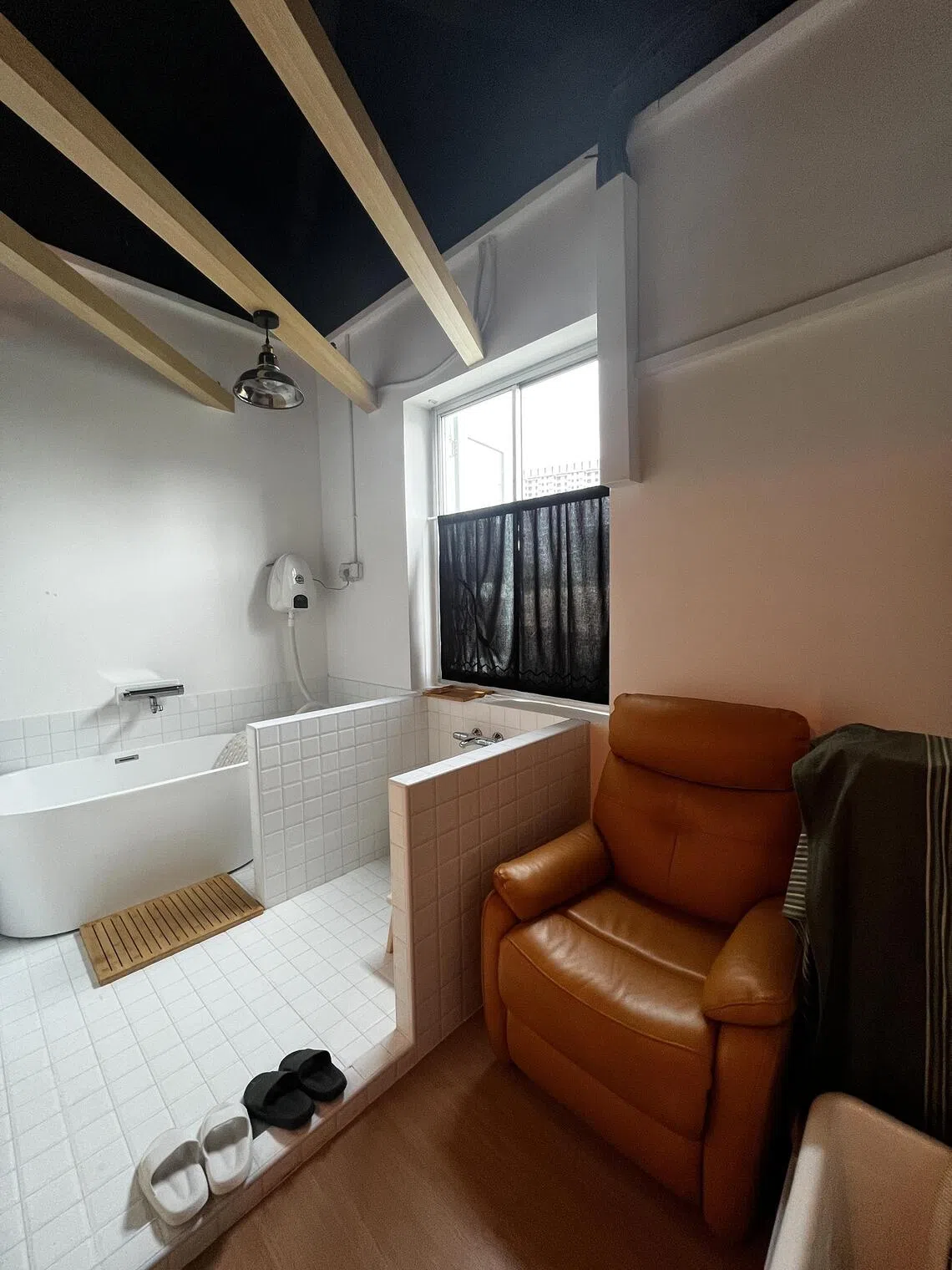
Hidden in a blink-and-you’ll-miss-it corner is a tiny wellness studio called Shiruki that offers an ice bath, infrared sauna and hydrotherapy to assist post-workout muscle recovery. Coming soon is a longevity clinic called Eternami.
“Kada isn’t just about standalone businesses,” Tong emphasises. “It’s a symbiotic ecosystem. The tenants support each other – Habyt, for instance, collaborates with Shiruki Studio so its guests can have access to spa services; the gym collaborates with the longevity clinic and a ground-floor F&B concierge offering healthy food options; and so on.”
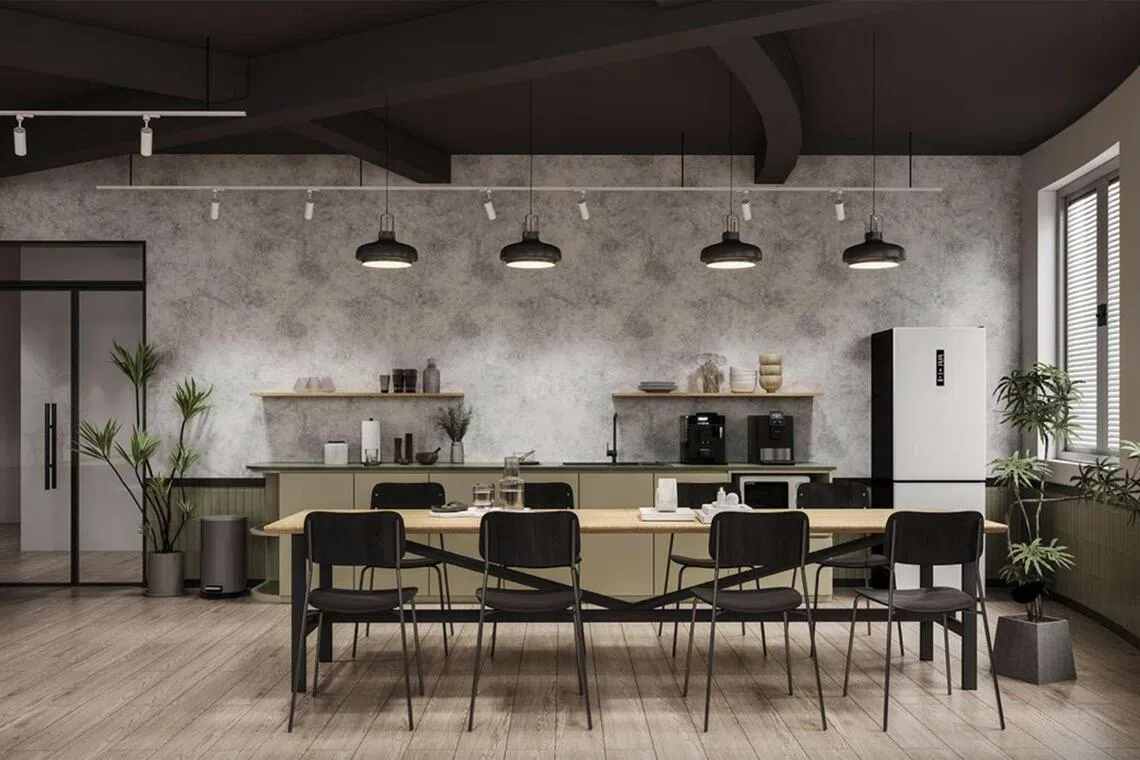
Ultimately, though, Kada’s biggest draw may be its historic architecture. Besides its electric elevator, the gorgeous modernist building designed in 1923 by Swan & Maclaren – the same firm behind the Raffles Hotel and the Tanjong Pagar Railway Station – has many charming retro features such as a triangular atrium with a skylight, long timber-louvred windows, as well as original tiles on the parapet walls.
Kada is a fine case study of preserving a slice of Singapore’s architectural history while repurposing it for the future.
Decoding Asia newsletter: your guide to navigating Asia in a new global order. Sign up here to get Decoding Asia newsletter. Delivered to your inbox. Free.
Copyright SPH Media. All rights reserved.

